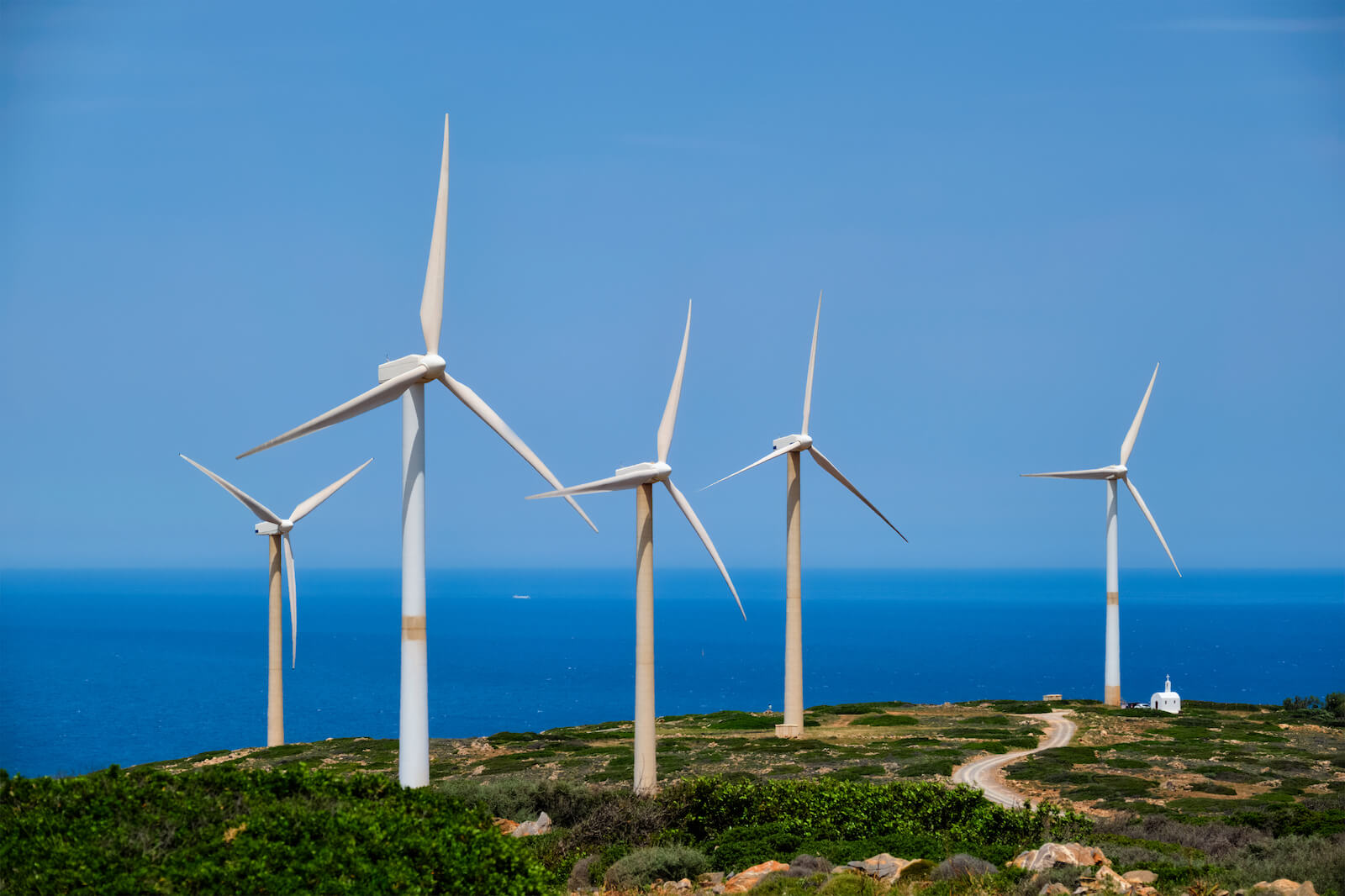
Alternative Energy
What are Wind Turbines?
Humans have used wind power since 5,000 BC. Egyptians used it to power their papyrus skiffs to ply the Nile, China exploited wind to power water pumps for stepped rice fields, while Persians used it for grinding grain, as did the old Dutch windmills. American colonists used windmills to run granaries and operate sawmills.
The evolution from the traditional Dutch windmill to the modern version of wind turbines occurred in 1887 when James Blyth built the first one to generate electricity in Glasgow, Scotland. The United States deployed 13 wind turbines to generate electricity from 1974 to 1980 under the auspices of NASA and the DOE.
We’ve come a long way since. The United States has manufactured 3,000 wind turbines every year since 2005, while more than 22,893 turbines were installed globally in 2019 alone. The use and adoption of wind turbines continue to increase rapidly due to the benefits offered.
How Do Wind Turbines Work?
Simply put, wind turbines are machines that use the kinetic energy of wind for mechanical power and electricity. These turbines use large blades to catch the wind and drive generators mounted on sturdy metal pillars. Turbines are arranged in clusters, known as wind farms, ranging from ten to 50 units on land and coastal areas.
What are the Benefits of Using Wind Turbines?
Because wind turbine electricity is a clean and renewable alternative to fossil fuels, the world is moving to adopt such technology quickly. While only 16 countries generated 3.6B Kilowatt Hours (KWh) in wind electricity in 1990, 129 nations generated 1,597B KWh in 2020.
Current State of Wind Energy Uses and Consumption
While giant wind turbines dominate the headlines, using 1.5 – 3.0 KW versions of that technology to power single homes and general-use facilities is gaining favor since they work in 14 mph wind conditions.

